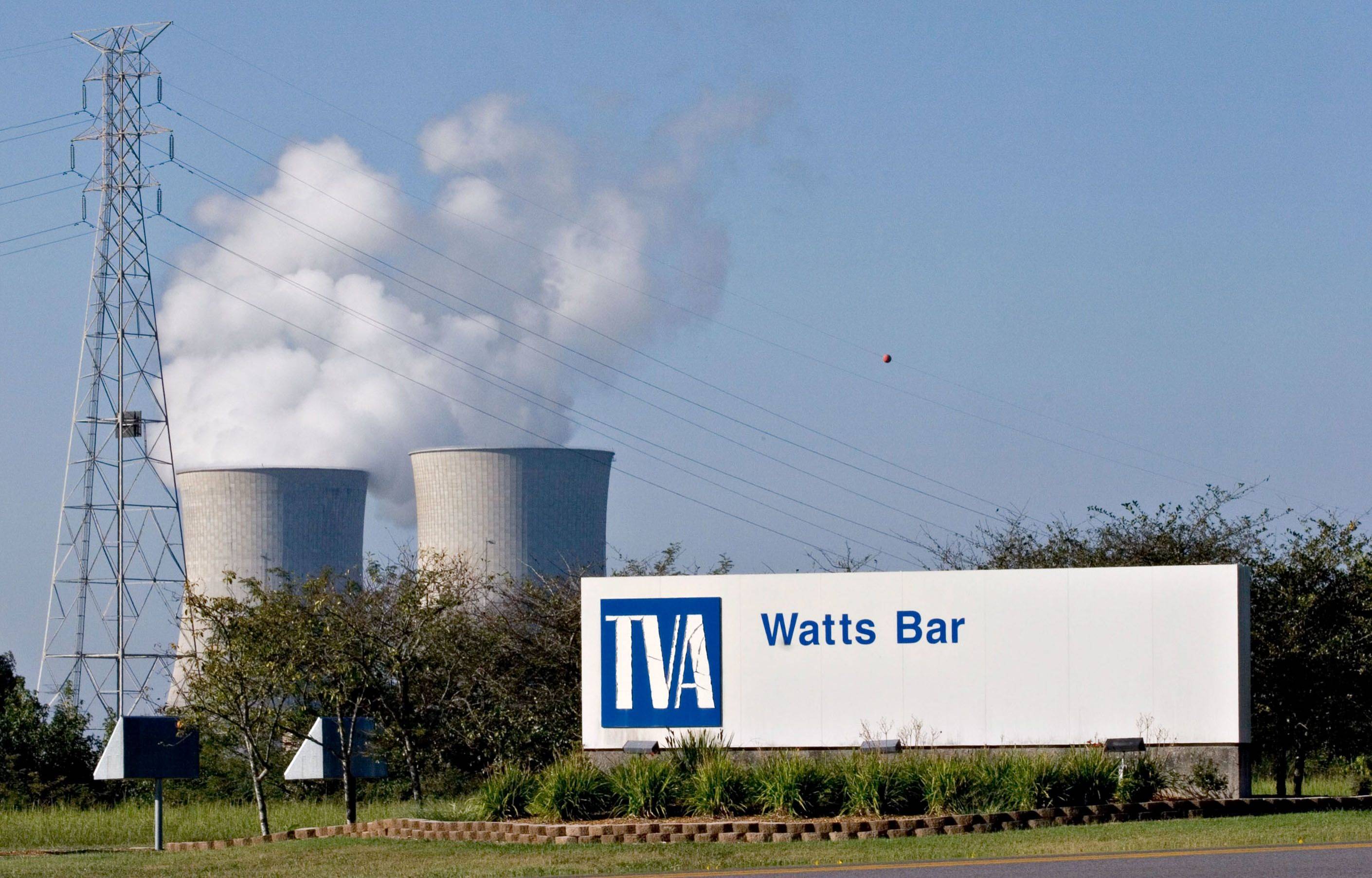Once again, we are on the cusp of a nuclear renaissance. Actually realizing one requires something nuclear power isn’t known for: Speed.
Nuclear plants produce carbon-free power, don’t rely on fossil fuels subject to bad stuff like European wars, and run at high capacity factors. Hence, in these troubled, climate-conscious times, the renewed interest. As it is, the U.S. hosts the world’s largest fleet, generating 18% of the country’s electricity overall and almost half of its zero-carbon electricity. The vast majority were built in two waves through the 1970s and 1980s, with an average age of 36 years.
There are two sides to a mooted renaissance. One is a new lease on life for existing plants. More than 10 reactors have closed over the past decade, largely because cheap shale gas depressed the price of electricity and burgeoning renewables also muscled in. Moreover, nuclear power’s attribute of zero-emissions largely went unrewarded, given a paucity of incentives.



















With your current subscription plan you can comment on stories. However, before writing your first comment, please create a display name in the Profile section of your subscriber account page.